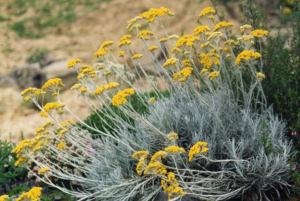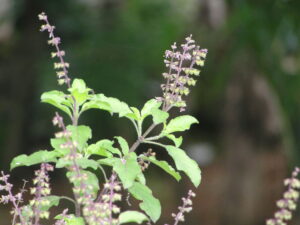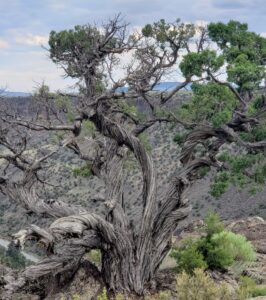A client emailed us recently because he was struggling with learning how to smell an attar:
“You have a fantastic website with info about oils and interesting blogs. And you choose suppliers you have complete confidence in. With the emphasis on the therapeutic value of the product that you use in your treatments. Fantastic! I have a question that I would like to put to you. A matter of trust.
My question is about the fragrance of the oils. Smelling the scent is no problem, root, resin, flower, wood, needle and so on. But things go wrong with the attars. I keep smelling the sandalwood. But I don’t smell the co-distillation. Almost never. With attars from many suppliers, not specific to your attars! Rose, Saffran, Kewra*, Mitti and many other attars.
My question to you: Why don’t I get the scent of the co-distillation and smell only Sandalwood?
Is this recognizable to you? Or do I have a specific problem? It’s just a question, but it might sound familiar to you.”
Florian’s reply:
“I have to tell you that since we’ve started selling attars, we’ve had similar reports and inquiries from several other clients, that they can only smell the sandalwood and not the floral aroma in the attar. I have a theory about this having to do with our brains, which I will share with you below.
First a clarification: Attars (at least our attars) are not co-distillates. Co-distillate means that two or more plants are in the distillation vessel and get steam or hydrodistilled and give an essential oil mixture and hydrosol. The traditional attar method, that our producer practices and we saw when we visited him in India a few years ago is that a single plant source material is hydro-distilled (i.e. rose or tuberose or jasmine blossoms) and the steam is then collected through sandalwood essential oil (that was previously distilled).
Sandalwood essential oil is the classic ‘vehicle’ for attars since it has the property of its aroma receding into the background which allows the subtle, fragile floral aromas to come to the foreground. At the same time, the sandalwood essential oil creates a stable product and allows for getting a decent yield. The sandalwood aroma also balances these floral aromas and makes them last longer when we smell them. I mention stable product and yield because it is very difficult to make a decent–let alone an alive–essential oil of rose and the yield is prohibitively low. Most of the commercial rose, jasmine and tuberose ‘essential oils’ are absolutes (meaning extracted with chemical solvents). We have found that our attars are much more alive, and actually more pleasant, less overpowering and longer lingering than pure essential oils or absolutes.
Regarding my theory about those people who mostly or only smell the sandalwood in attars, one reason this may be happening is because of how scent is encoded in the brain. Scent is encoded as a time sequence, similar to a melody. Just like our hearing can focus on a person speaking and filter out the background noise, including other conversations. So, I speculate the sense of scent does a ‘figure-background’ filtering. What may happen for those that only smell the sandalwood in an attar is that since their nose and sense of smell may be more familiar with sandalwood than the other aromas in the attars. The olfactory system recognizes the sandalwood aroma and the other aroma becomes ‘background noise’ and are filtered out. My advice in these cases is to keep smelling the attars and compare them with a pure sandalwood oil and then your nose might be able to start discerning the floral and other aromas. You’ll be surprised at your brain’s plasticity and the shift in ‘foreground-background’ scent perception. And you get to experience the neuroplasticity caused by olfaction, growing new brain pathways, first hand.”





